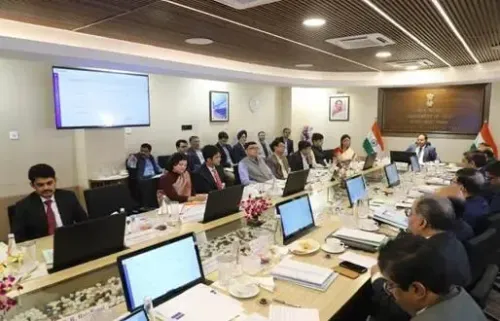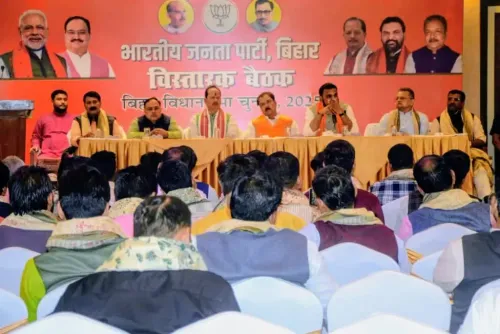Did Tremors Shake Manipur and Arunachal Pradesh Without Causing Damage?

Synopsis
Key Takeaways
- Imphal East and Tawang District experienced mild tremors.
- No reports of damage or casualties were recorded.
- Seismic activity is common in the northeastern region.
- Authorities are focusing on earthquake-resistant construction.
- Earthquakes in the region predominantly range from 3 to 4 on the Richter scale.
Imphal/Itanagar, June 11 (NationPress) Two minor earthquakes, registering 3.2 and 3.6 on the Richter scale, were experienced in Imphal East District of Manipur and Tawang District in Arunachal Pradesh on Wednesday, according to officials.
Disaster Management authorities from both states confirmed that there were no immediate reports of fatalities or property damage resulting from these tremors.
The first quake, with a magnitude of 3.2, occurred in Imphal East and surrounding areas, originating from a depth of 37 km beneath the earth's surface.
The second quake, measuring 3.6, struck the Tawang District in Arunachal Pradesh at a depth of 5 km.
Earlier on June 2, both northeastern states experienced tremors, with the Lepa Rada District in Arunachal Pradesh and Churachandpur District in Manipur registering magnitudes of 3.3 and 3.5, respectively.
On June 3, a minor quake of 3.6 was recorded in the Kamrup District of Assam.
On May 28, Manipur experienced three consecutive earthquakes, the strongest being a 5.2 magnitude, affecting the hilly districts of Churachandpur and Noney. Fortunately, there were no reports of casualties or structural damage from these tremors.
Notably, Churachandpur District shares borders with Mizoram and Myanmar, areas prone to seismic activity.
In May alone, the National Centre for Seismology (NCS) recorded a total of 20 quakes across four northeastern states: Manipur, Assam, Meghalaya, and Arunachal Pradesh, primarily of mild intensity.
The data indicated that the northeastern region, classified as the sixth most earthquake-prone area globally, experienced an average of more than one tremor weekly, predominantly ranging from 3 to 4 on the Richter scale.
Such seismic activity is common in the mountainous northeastern states, prompting authorities and builders to prioritize the construction of earthquake-resistant structures.









